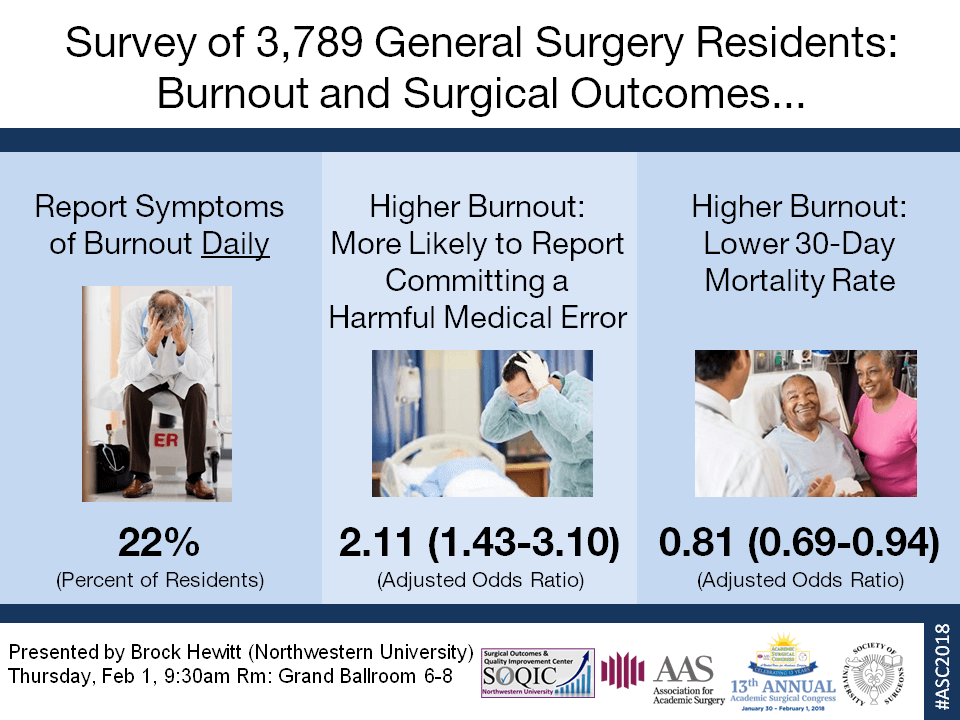S. Bharadwaj1, S. Meyerson1, R. Love1,2, A. Bharat1, M. DeCamp1, D. D. Odell1,2 1Feinberg School Of Medicine – Northwestern University,Surgery,Chicago, IL, USA 2Northwestern University Surgical Outcomes & Quality Improvement Center (SOQIC),Surgery,Chicago, IL, USA
Introduction: Surgeon technical skill has been shown to correlate with post-operative complication rates in a variety of surgical procedures. However, variation in technical skills has not been assessed in pulmonary surgery. The objective of this project is to pilot a platform through which thoracic surgeons can give and receive anonymous peer feedback on their technical skills in thoracoscopic lobectomy.
Methods: A review of technical literature was first performed to develop definitions for the key surgical steps involved in a thoracoscopic lobectomy – port placement; hilar exposure; isolation and division of the pulmonary artery, pulmonary vein, and bronchus respectively; and division of the interlobar fissure. The steps were further broken down into subtasks (i.e. establish exposure, mobilize the pulmonary artery) to allow for more detailed discrimination. A literature search was conducted to isolate common errors and difficulties encountered during each subtask (i.e. phrenic nerve injury during hilar exposure). Using these common errors and the well-established Objective Structured Assessment of Technical Skill (OSATS) criteria as a guideline, a scoring rubric was developed to assess surgical technical skill in each subtask using a 5-point Likert scale. This rubric was presented for feedback to a focus group of four experienced thoracic surgeons.
Results: Surgeons identified significant variability in the operative approach to resection of each anatomic lobe (i.e. right upper vs. left lower). Right upper lobectomy was identified as having as the most consistent anatomy and surgical approach. Five keys steps were identified by the expert panel as important, consistent components of the operation and were chosen for discrete measure development. These included isolation and division of the pulmonary vein, truncus anterior, posterior ascending artery, airway, and minor fissure. Port placement and hilar exposure were deemed highly variable in technique and nonessential for assessing technical skill. The panel favored development of a skill-centric scoring rubric without subtask and error stratification. Using the OSATS global 5-point rating scale, the panel identified the most significant outcome measures for evaluating technical skill as “Time and Motion,” “Establishing Exposure,” “Respect for Tissue,” and “Flow of Operation and Forward Planning.” Based on this feedback, new rating criteria were created including (1) a Global Scoring Criteria, developed using the above OSATS measures on a 5-point Likert scale, and (2) a free-text form to provide constructive, individualized feedback.
Conclusion: Development of a technical rating system specific for lobectomy will allow for the first ever assessments of technical skill in thoracic surgery. A multi-institution trial incorporating this rating system as a basis for anonymous peer feedback is currently underway.








